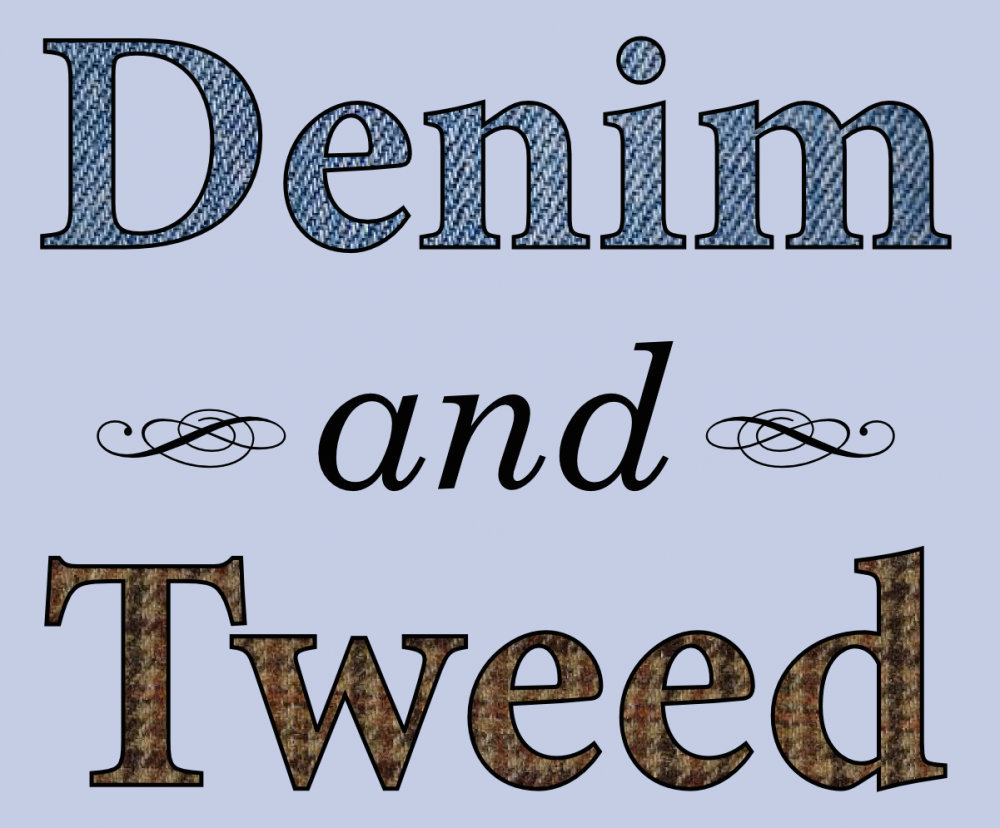Here’s a great American, fretting about immigrants:
Few of their children in the country learn English; they import many books from [their nation of origin] …. The signs in our streets have inscriptions in both languages, and in some places only [the other]. They begin of late to make all their bonds and other legal writings in their own language, which (though I think it ought not to be) are allowed good in our courts, where the [non-English] business so increases that there is continual need of interpreters; and I suppose in a few years they will also be necessary in the Assembly, to tell one half of our legislators what the other half say.
If I didn’t tip my hand with the use of the word “great,” it may surprise you to learn that the American doing that fretting is not a current member of the Republican Party, but Benjamin Franklin; and the immigrants occasioning that fretting are not Latinos but Germans. The above passage is a quote from one of Franklin’s letters, dated 9 May 1753, which I found in H.W. Brands’ excellent biography The First American.
These were my people Franklin was fretting about. Most of the time it’s easy to forget that I have an ethnicity, much less one that was once at odds with an English-speaking colonial culture. That’s my privilege as a white man in the twenty-first century U.S. Many folks don’t enjoy such a privilege—particularly not in Arizona, where a widely-discussed law will soon allow police to ask for proof of legal residence based on only a “reasonable suspicion” that someone is in the country illegally. It’s an invitation to racial profiling, aimed squarely at people of the current fret-worthy ethnicity, Hispanics.
Fortunately, the American Civil Liberties Union (among other organizations, including the federal government) will contest the law. In another 250 years, maybe this law will seem as quaint as Benjamin Franklin complaining about street signs in German—but before then, I’m sure the ACLU would appreciate your support.





